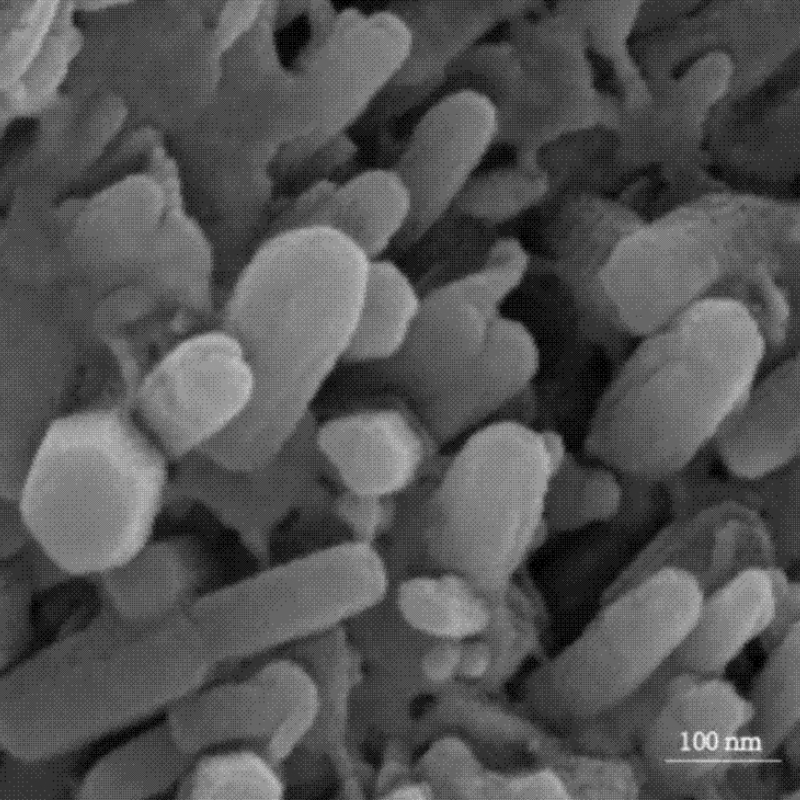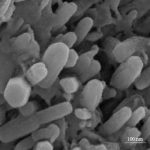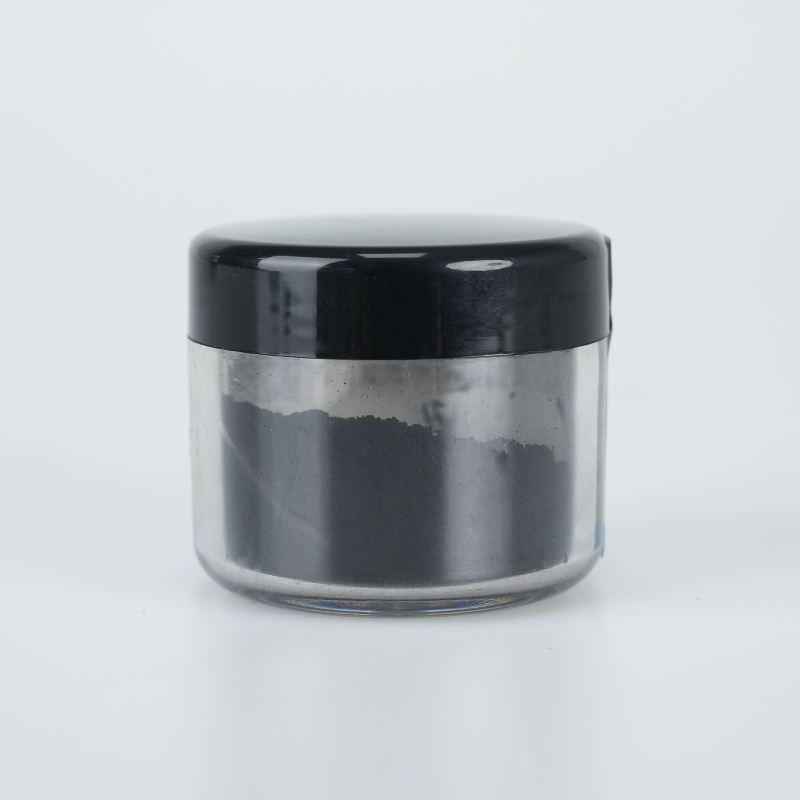Zinc oxide nanorods provide optimized surface interaction, superior catalytic activity, and enhanced electrical conductivity. Designed for sensors, optoelectronics, and environmental applications, they ensure efficient charge transport, extended durability, and high adaptability.
Product Overview
Zinc Oxide (ZnO) nanorods are a semiconductor material with excellent optoelectronic, catalytic, electrical, and biocompatible properties, widely used in optoelectronics, sensing, and catalysis. Zinc oxide typically has a hexagonal wurtzite crystal structure, although it can transform into other crystal structures under certain conditions. The superior performance of ZnO nanorods makes them highly applicable across various industries, particularly in optoelectronic devices, solar cells, and the medical field.
Key Features
- Excellent Optoelectronic Properties: Zinc oxide nanorods exhibit a large conduction band width and high electron excitation binding energy at room temperature, with high photogain coefficients, making them ideal for optoelectronic applications.
- Good Catalytic Properties: ZnO nanorods possess high chemical reactivity and excellent catalytic and photocatalytic activity, capable of withstanding infrared and ultraviolet radiation while offering antibacterial properties.
- Good Biocompatibility: Due to their chemical inertness and biological compatibility, ZnO nanorods have potential in the medical field, particularly in inhibiting cancer cell growth.
- Good Electrical Properties: Zinc oxide nanorods have certain electrical conductivity, making them suitable for electronic device fabrication.
- High Chemical Stability: ZnO nanorods remain stable under standard temperature and pressure, showing resistance to reactions with most chemicals.
Applications
- Optoelectronics: Zinc oxide nanorods are widely used in field emission devices, light-emitting diodes (LEDs), and other optoelectronic materials due to their excellent optoelectronic performance.
- Gas Sensing: Thanks to their excellent gas sensitivity, ZnO nanorods are used in combustible gas sensors, especially for selective detection of alcohol vapor signals.
- Solar Cells: As a photocatalyst, ZnO nanorods can significantly enhance the efficiency of solar cells, making them a key material in photovoltaic applications.
- Medical Applications: ZnO nanorods can be used as drug carriers, loaded with anti-tumor drugs to inhibit cancer cell growth.
| Parameter | Description |
| State | White powder |
| Length | 3-10 μm |
| Diameter | 100-2000 nm |
| Main component | ZnO |
 new material
new material








